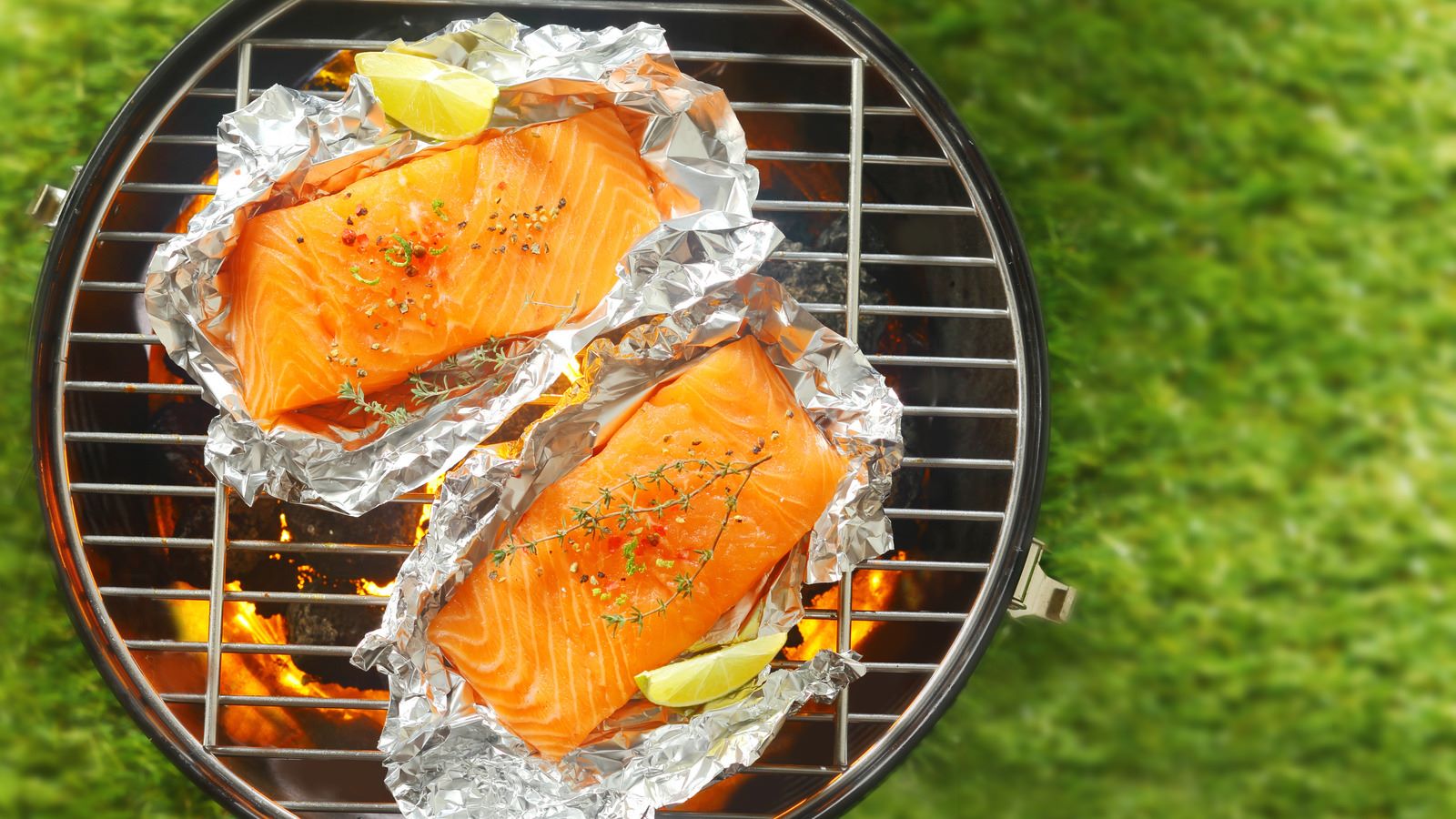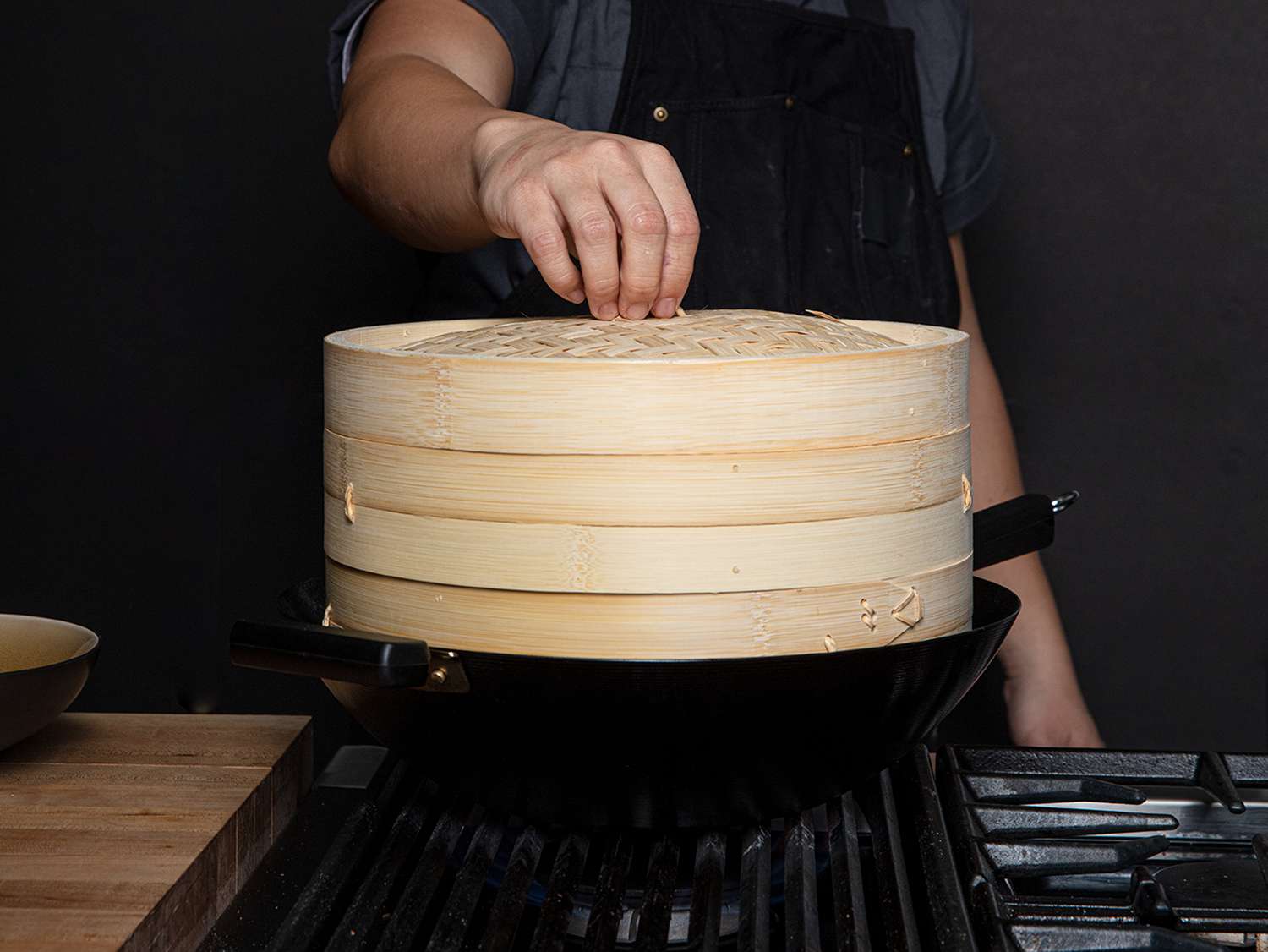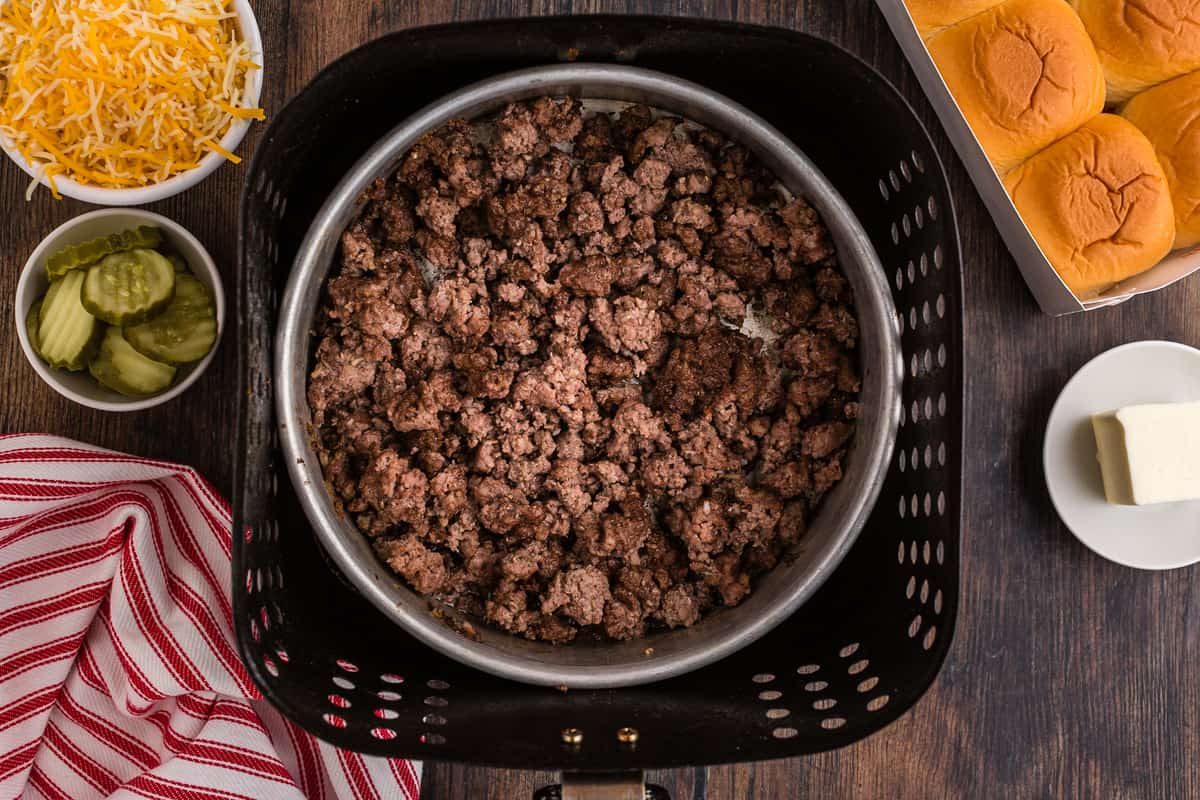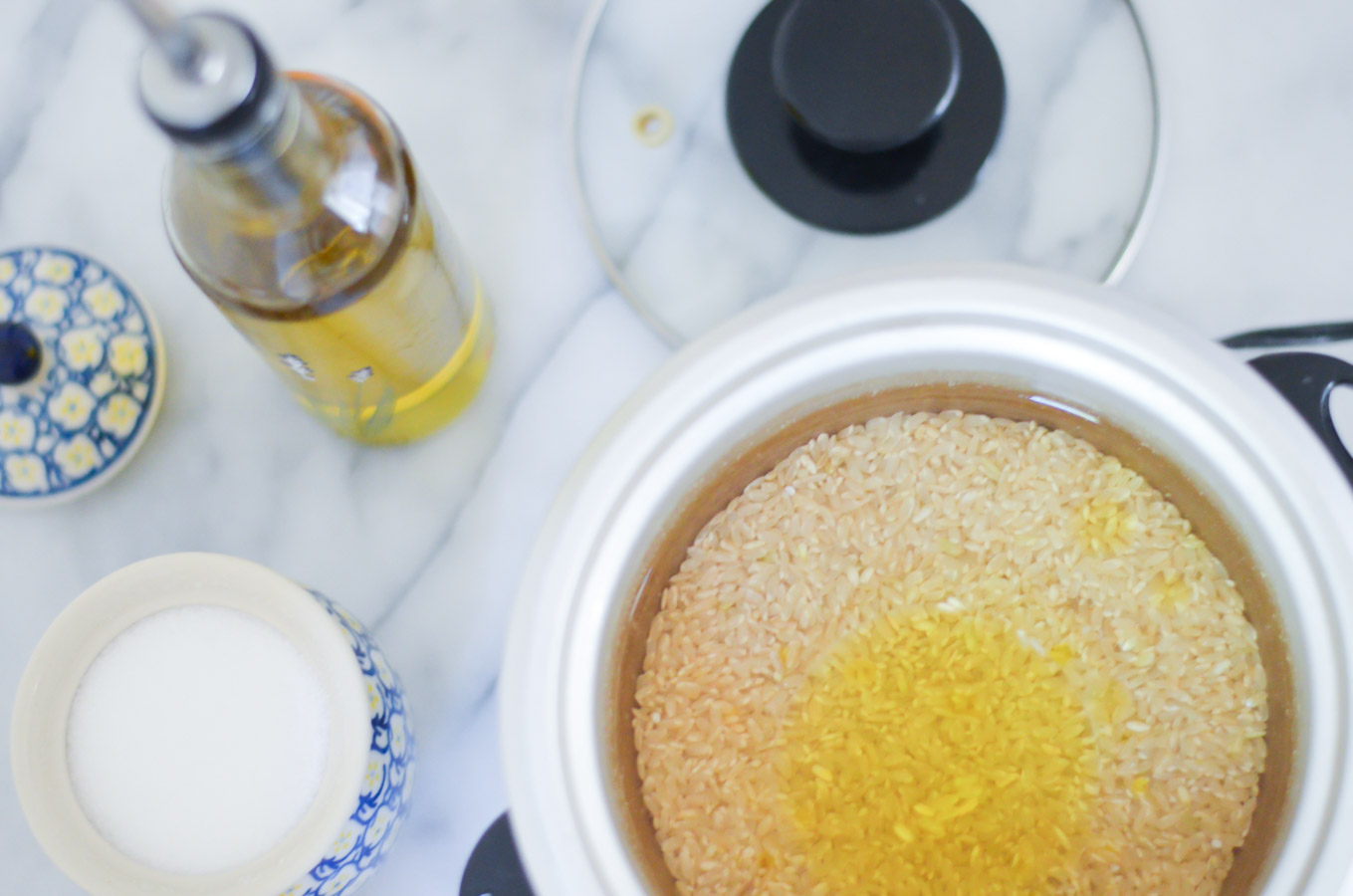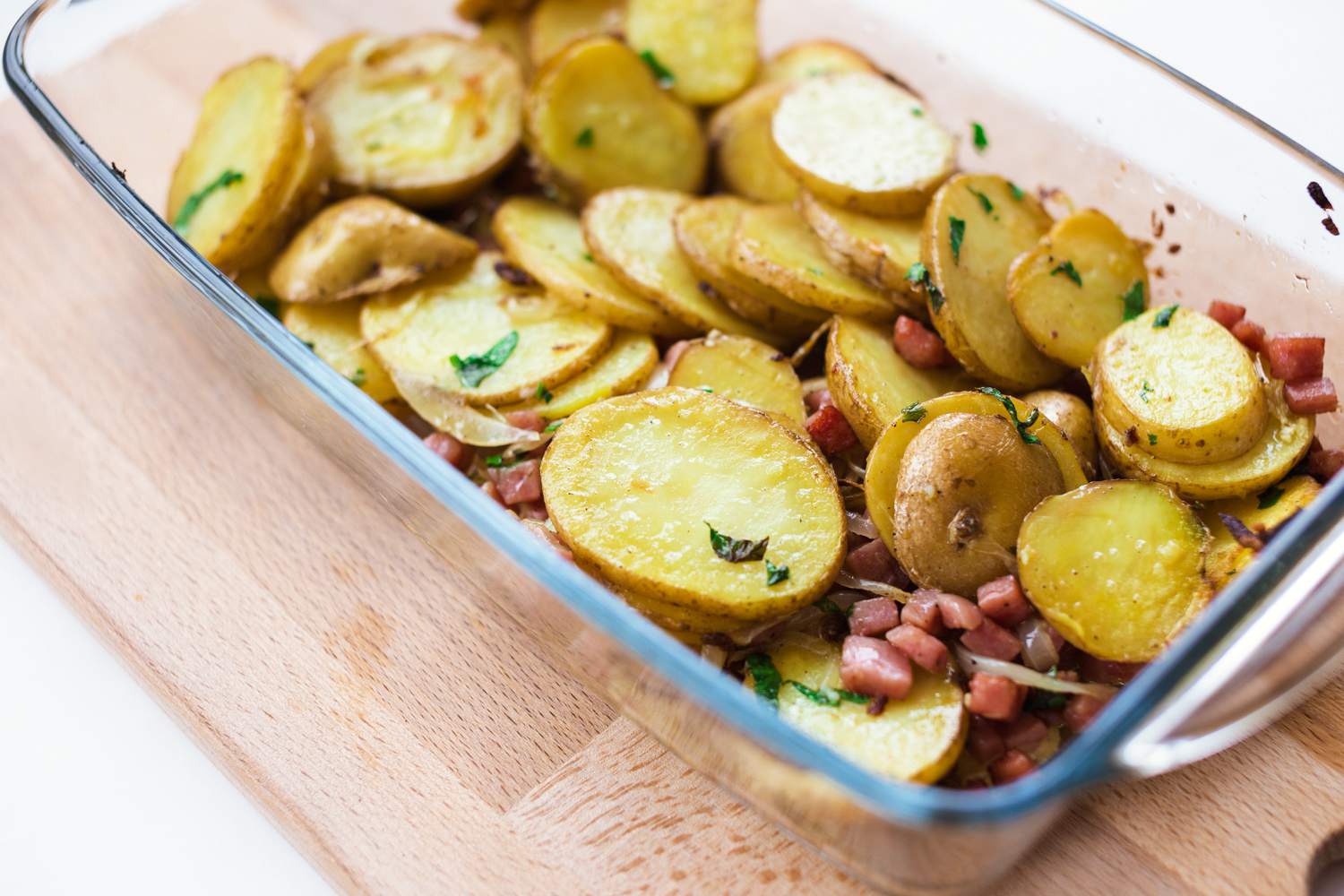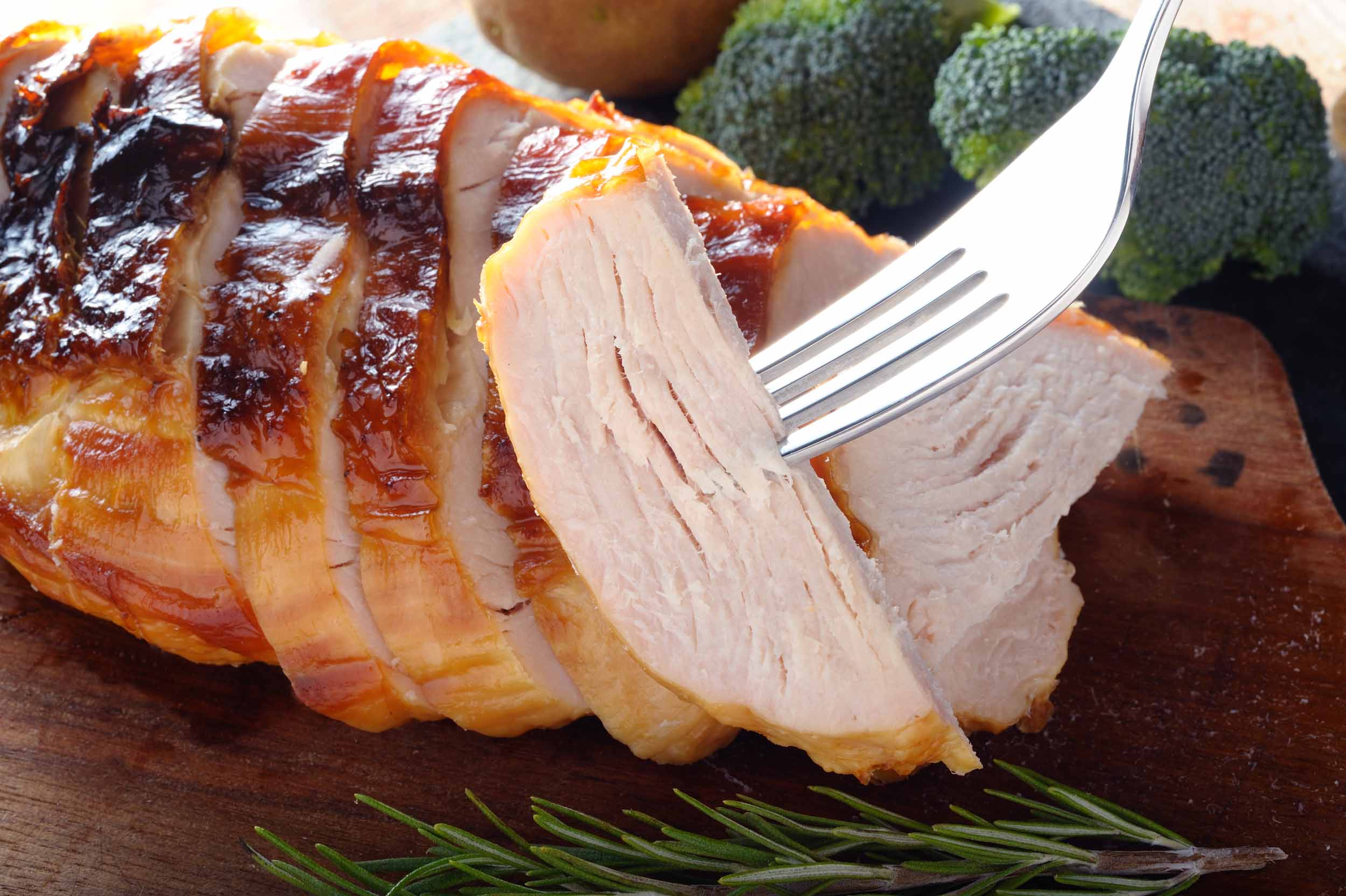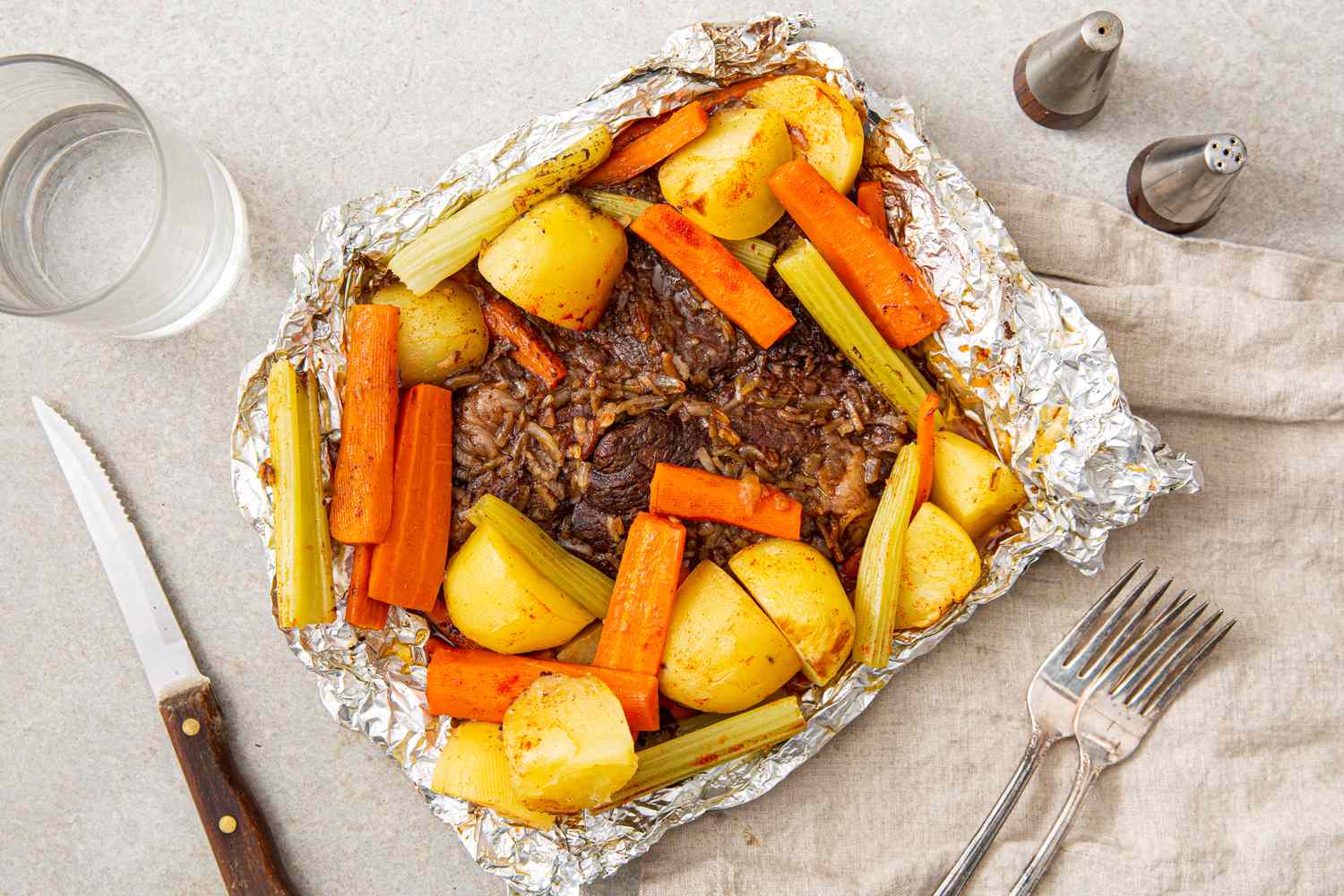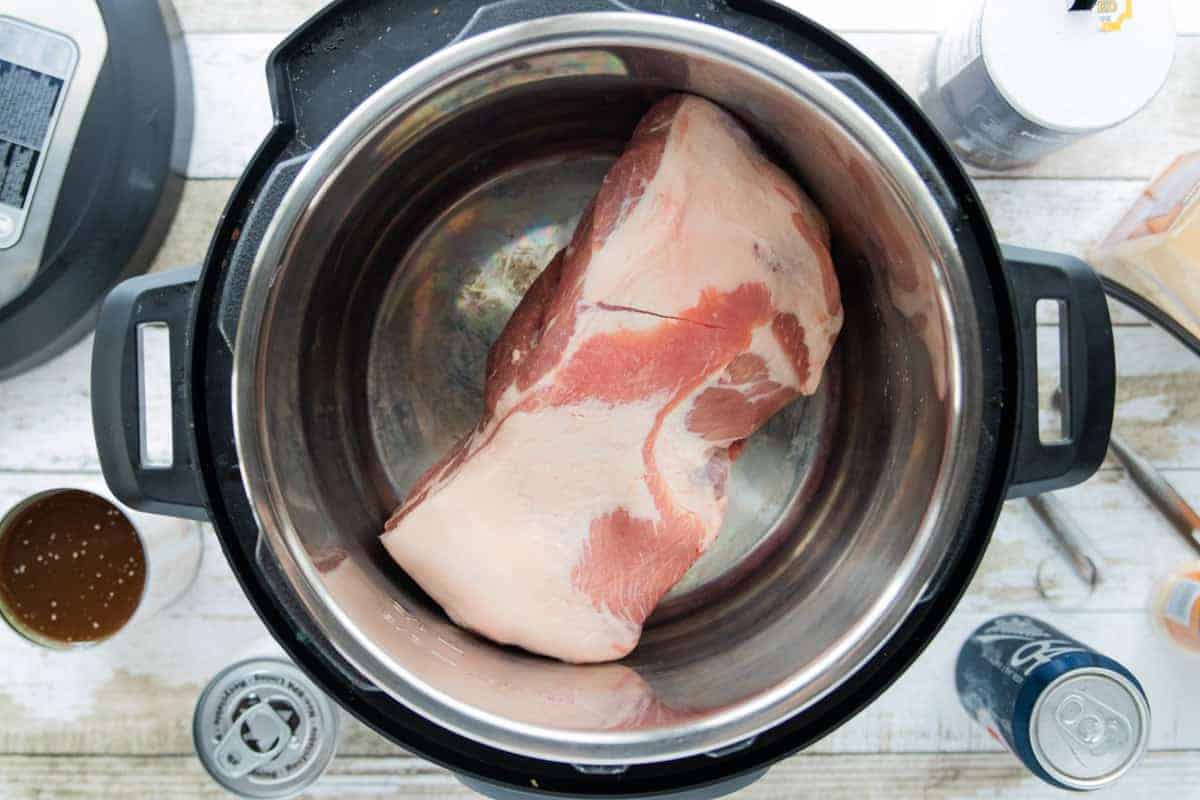Mastering the Art of Cooking Frozen Beef Tenderloin
There’s nothing quite like the melt-in-your-mouth goodness of a perfectly cooked beef tenderloin. But what do you do when you have a frozen tenderloin on hand? Don’t worry, because we’re here to guide you through the process of cooking frozen beef tenderloin to perfection.
Why Choose Frozen Beef Tenderloin?
Although using fresh beef tenderloin is always recommended for the best flavor and texture, there are times when frozen tenderloin is the more convenient option. Frozen beef tenderloin allows for easy storage, flexibility in meal planning, and can often be more affordable. Plus, with the right cooking technique, you can achieve a delicious and tender result that rivals fresh tenderloin.
Thawing the Frozen Beef Tenderloin
The first step in cooking frozen beef tenderloin is thawing it properly. Note that this process may take some time, so plan ahead to ensure your tenderloin is ready when you need it.
Here are a few methods you can use to thaw your frozen beef tenderloin:
- Refrigerator thawing: Place the frozen tenderloin on a tray or in a leak-proof bag and let it thaw in the refrigerator for 24-48 hours. This slow and gentle thawing method helps maintain the quality of the meat.
- Cold water thawing: If you’re short on time, you can thaw the tenderloin by placing it in a sealed plastic bag and submerging it in a bowl of cold water. Change the water every 30 minutes to ensure it remains cold. It typically takes about 30 minutes per pound to thaw using this method.
- Microwave thawing: You can use the defrost setting on your microwave to thaw the beef tenderloin quickly. However, be cautious as this method can partially cook the meat if not done correctly. Follow your microwave’s instructions for defrosting meat to avoid overcooking.
Seasoning and Preparing the Beef Tenderloin
Once your beef tenderloin is thoroughly thawed, it’s time to season and prepare it for cooking. Here’s a simple yet flavorful seasoning idea:
- Rub the tenderloin with olive oil, which will help the seasoning adhere to the meat.
- Sprinkle a generous amount of salt, black pepper, and any additional herbs or spices of your choice onto the tenderloin. Popular options include garlic powder, dried thyme, or rosemary.
- Let the seasoned tenderloin sit at room temperature for about 30 minutes to allow the flavors to penetrate the meat.
Cooking Techniques for Frozen Beef Tenderloin
Now that your beef tenderloin is seasoned and ready, it’s time to choose the best cooking technique for your preferences. Here are two popular methods:
1. Oven Roasting:
- Preheat your oven to 425°F (220°C).
- Place the seasoned beef tenderloin on a roasting pan, preferably on a rack to elevate it from direct contact with the pan.
- Roast the tenderloin in the preheated oven for about 20 minutes per pound. Use a meat thermometer to check for doneness:
- Rare: 125°F (52°C)
- Medium-rare: 135°F (57°C)
- Medium: 145°F (63°C)
- Well-done: 160°F (71°C)
- Once cooked to your desired level, remove the tenderloin from the oven and let it rest for 10-15 minutes before slicing and serving.
2. Sous Vide Cooking:
Sous vide cooking is a popular method for achieving perfectly cooked meat. Although it requires more advanced equipment, it yields consistent and tender results.
- Preheat your sous vide water bath to the desired final temperature according to your preferred doneness (e.g., 130°F/54°C for medium-rare).
- Place the seasoned beef tenderloin in a vacuum-sealed bag or sturdy ziplock bag, ensuring all the air is removed.
- Submerge the bag into the preheated water bath and cook for several hours, depending on the thickness of the tenderloin. It’s recommended to consult a sous vide cooking guide for precise cooking times.
- Once the cooking time is up, carefully remove the bag from the water bath and pat the tenderloin dry with a paper towel.
- To achieve a beautifully seared exterior, heat a skillet over high heat and quickly sear the tenderloin on all sides for about a minute.
- Let the beef tenderloin rest for a few minutes before slicing and serving.
Whichever cooking technique you choose, remember that the internal temperature will continue to rise a few degrees as the tenderloin rests, so consider this when determining your desired level of doneness.
Enjoying Your Perfectly Cooked Beef Tenderloin
Once your frozen beef tenderloin is cooked to perfection, it’s time to savor the flavorful results of your efforts. Serve the tenderloin with your favorite sides such as roasted vegetables, mashed potatoes, or a fresh salad for a complete and satisfying meal.
Now that you know how to cook frozen beef tenderloin like a pro, you can confidently whip up a gourmet feast anytime, even when your meat starts off from the freezer. Bon appétit!
For those eager to try cooking frozen beef tenderloin, there are several standout recipes that can elevate the dish. The Garlic and Rosemary Beef Tenderloin offers a simple yet flavorful approach, perfect for beginners. If you're a fan of rich, savory sauces, the Beef Tenderloin with Mushroom Sauce provides a delightful blend of earthy mushrooms and tender beef. For a more sophisticated touch, try the Beef Tenderloin with Balsamic Reduction, where the balsamic glaze adds a tangy sweetness that pairs excellently with the meat. Cheese lovers should not miss the Beef Tenderloin with Blue Cheese Crust, which combines the creamy, pungent notes of blue cheese with the tenderloin's succulence. Finally, for a fresh, vibrant twist, the Beef Tenderloin with Chimichurri Sauce brings a zesty, herby sauce that enhances the beef's natural flavors.
Was this page helpful?
Read Next: How To Cook Frozen White Fish
